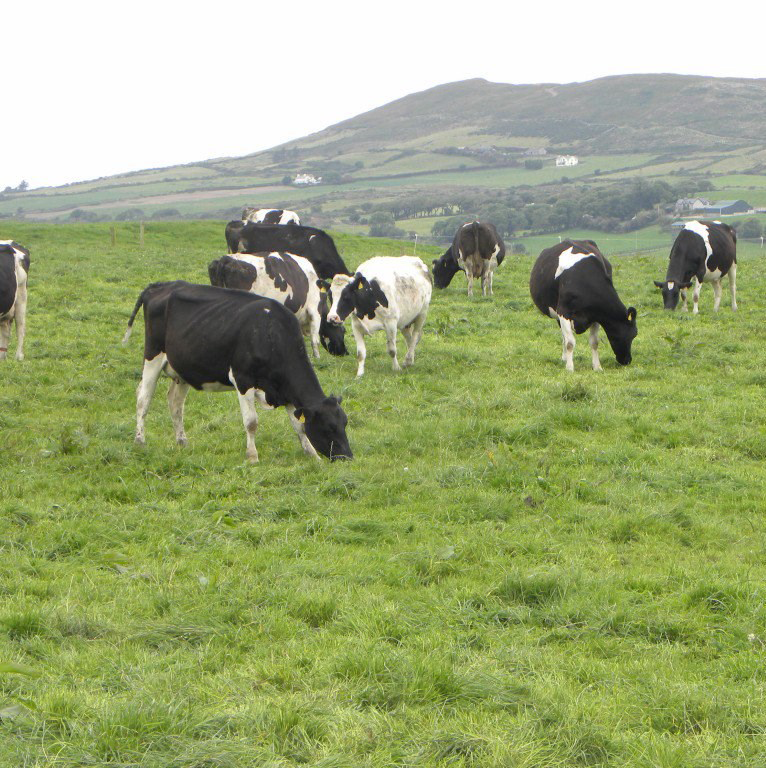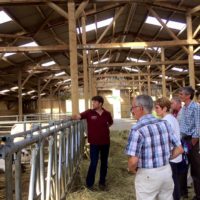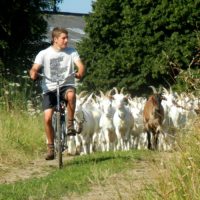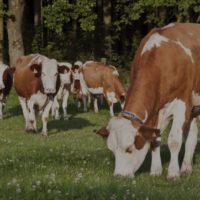Description
- Grazing with monocultures and mixtures
- Curiosity in subject/area
- Farmer wanted to see what varieties would grow best on the farm
- Varieties growing very well, easy managed and palatable
- Growing and utilising more grass on the farm
- Reseeding poor varieties
- Research in Moorepark and discussion groups
- Reduce costs on the farm by increasing the amount of grass in the diet
Reason for the innovation
Produce more milk from grass:
- Growing and utilising more grass on the farm
- Reseeding of monocultures
- PastureBase Ireland
Farm description
Environment
- Soil type: Clay/loam soil
- Climate type: Temperate Oceanic climate
- Agricultural area (ha UAA): 121
- Permanent grassland area (ha): 121
- Average stocking rate (agriculture area) (LU/ha UAA): 2.85
- Altitude: Variation across the farm (200m)
- Slope: Variation across the farm (20%)
Grassland management
- Grazing: Yes
- Grazing management type: Rotational grazing
Structure
- Annual work units (AWU): 3
- Main animal type: Dairy
- Number of reproductive animals: 300
- Breed type 1: Fr*Je
- Breed type 2: Fr
Animal performance
- Milk production per head (l/year/dairy animal): 4500l
- Grassland management type: Rotational
- Length of grazing period: 300 days
- Fertilization rate (kg N/ha): 240
Why it is working
- Farmer exploring what grass varieties grow best on the farm
- Monocultures growing very well, easy managed and palatable
- Growing and utilising more grass on the farm
- Reseeding poor varieties
- Economic results
- Research in Moorepark and discussion groups
- Reduce costs on the farm by increasing amount of grass in the diet





